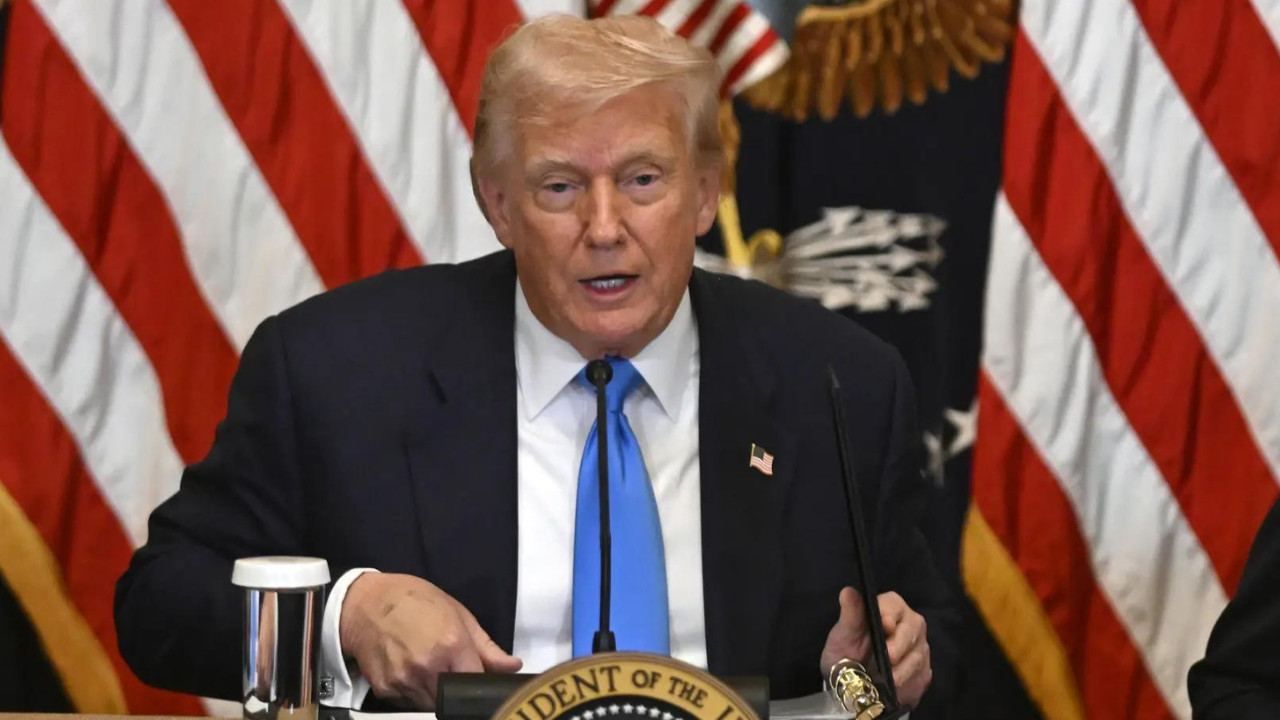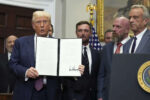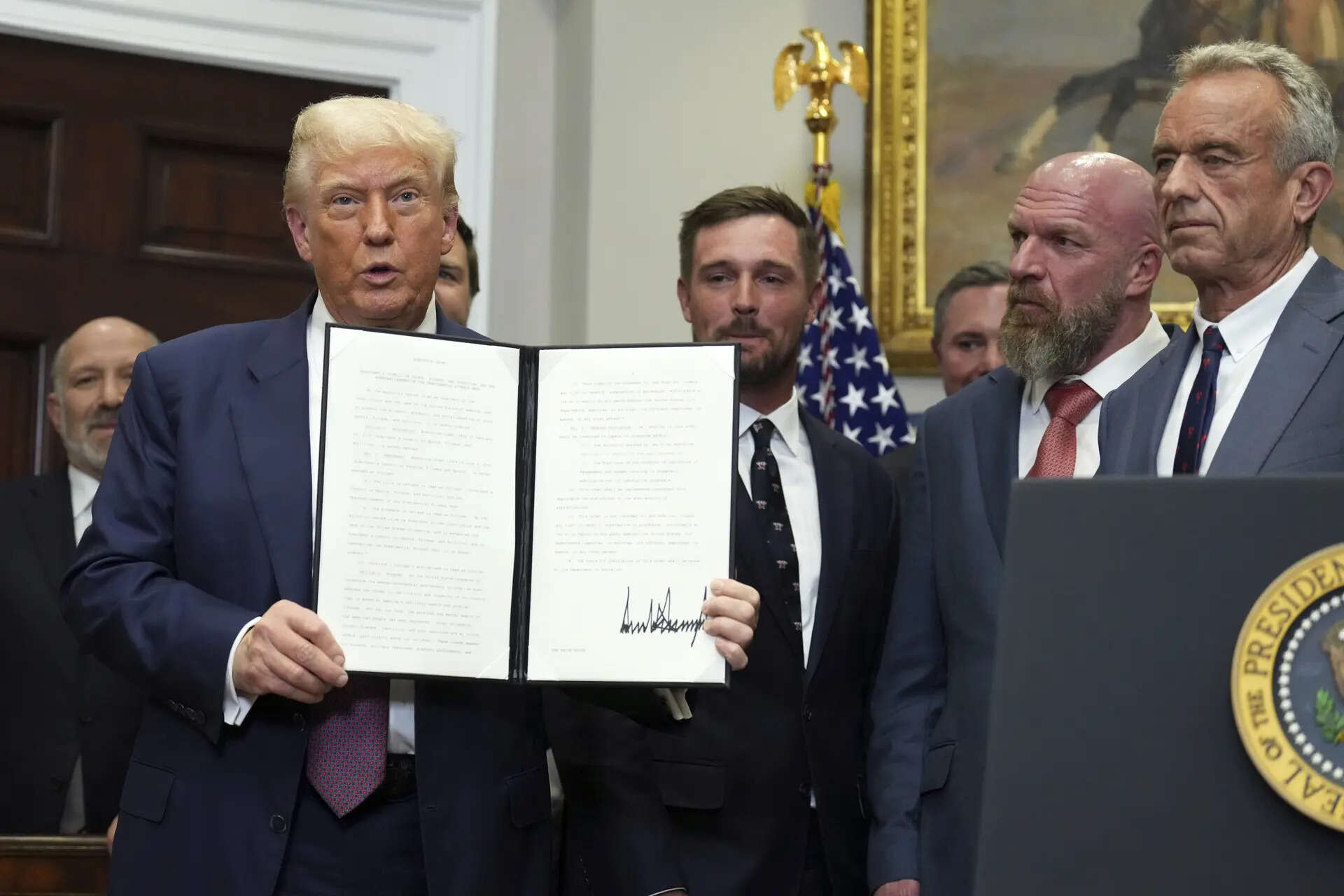President Trump unveiled a series of trade actions, imposing a 25% tariff and penalties on Indian goods due to trade imbalances and ties with Russia. Simultaneously, he offered to collaborate with Pakistan on oil development, hinting at potential future exports to India. Trump also announced trade measures against Brazil and South Korea, while criticizing Canada’s stance on Palestinian statehood.
Shifting Sands: What’s Really Going On with US-India Trade?
The air crackled with a bit of confusion and a whole lot of speculation this week as details emerged from Washington D.C. regarding US trade policy with India. One thing’s for sure: the narrative is far from straightforward, and deciphering the real story requires a closer look beyond the headlines. What was initially reported as potentially damaging tariff increases seems to be evolving into something… different.
Let’s unpack some of the key points. The buzz started with whispers (and then shouts) about a potential reinstatement of a 25% tariff on certain Indian goods. The move, if enacted, would have definitely thrown a wrench into established trade dynamics. Initial reactions painted a grim picture. However, cooler heads prevailed, and context seems to be softening the blow. Sources suggest that internal discussions are far from finalized, and the actual implementation of such tariffs remains very uncertain.
The “Dead Economy” Remark: More Than Meets the Eye?
Adding fuel to the fire was a rather pointed comment about “dead economies,” seemingly aimed at India. Ouch. Statements like these, especially coming from high-level officials, naturally stir anxiety. But words can be deceiving. We need to dig deeper than the soundbites. It’s crucial to consider the broader strategic context. The US-India relationship, despite occasional friction, has deepened significantly over the past few years. This isn’t just about economics; it’s about geopolitical alignment, shared values, and a common interest in regional stability.
So, is the “dead economy” remark a sign of a fundamental shift in this relationship? Probably not. More likely, it’s a negotiating tactic, a way to apply pressure and push for more favorable terms in ongoing trade talks. Strong arming tactics aren’t unheard of in international trade negotiations, after all.
<img src="image-url-for-us-india-trade-discussion.jpg" alt="Discussion of US-India trade relations takes center stage in the White House.” width=”600″ height=”400″>
Pakistan Enters the Chat: A Trade Deal on the Horizon?
While the India tariff situation hogged the limelight, another interesting development quietly unfolded: discussions surrounding a potential trade deal between the US and Pakistan. This development adds another layer of complexity to the regional picture. Could this be a strategic move to balance influence in the region? Is it purely an economic decision? Or is it a combination of both?
The implications for India are significant, regardless. A US-Pakistan trade agreement could reshape trade flows, create new competitive pressures, and potentially alter the dynamics of regional power. It’s a development that India will undoubtedly be watching closely.
What’s the Real Goal? Understanding US Trade Priorities
Ultimately, all these events point to one underlying factor: the US is actively reassessing its trade priorities. This isn’t necessarily about punishing any particular country; rather, it’s about recalibrating trade relationships to better serve American interests. Whether that means seeking more favorable terms, diversifying trade partners, or strategically leveraging economic power, the US is clearly signaling a more assertive approach to international trade.
This aggressive approach to trade discussions puts pressure on all countries engaging with the United States, not just India. The goal is to secure the most advantageous position possible, and that involves hard bargaining and sometimes, seemingly contradictory signals.
Navigating the Uncertainty: Where Do We Go From Here?
So, what does all of this mean for businesses and policymakers in India? The key takeaway is the need for vigilance and adaptability. The global trade landscape is constantly evolving, and the US-India relationship is no exception. Companies need to diversify their markets, strengthen their competitiveness, and be prepared for potential disruptions. Policymakers need to engage proactively with their US counterparts, articulate India’s interests effectively, and seek mutually beneficial solutions.
The road ahead won’t necessarily be smooth. Expect more twists and turns, more headlines that cause a stir, and more moments of uncertainty. But by staying informed, remaining flexible, and focusing on long-term strategic goals, India can navigate these shifting sands and continue to thrive in the global economy. Learn more about how economic policies can impact global trade for long-term strategies.
In conclusion, while initial reports painted a potentially bleak picture for US-India trade, the situation is far more nuanced. Assertive negotiating tactics, reassessment of trade priorities, and shifts in regional relations all contribute to the story. Instead of viewing these actions as a setback, India can proactively adapt, diversify, and strengthen its economic resilience to secure its position in the evolving global trade landscape. This positions India for long-term growth while navigating the turbulent waters of international trade.







